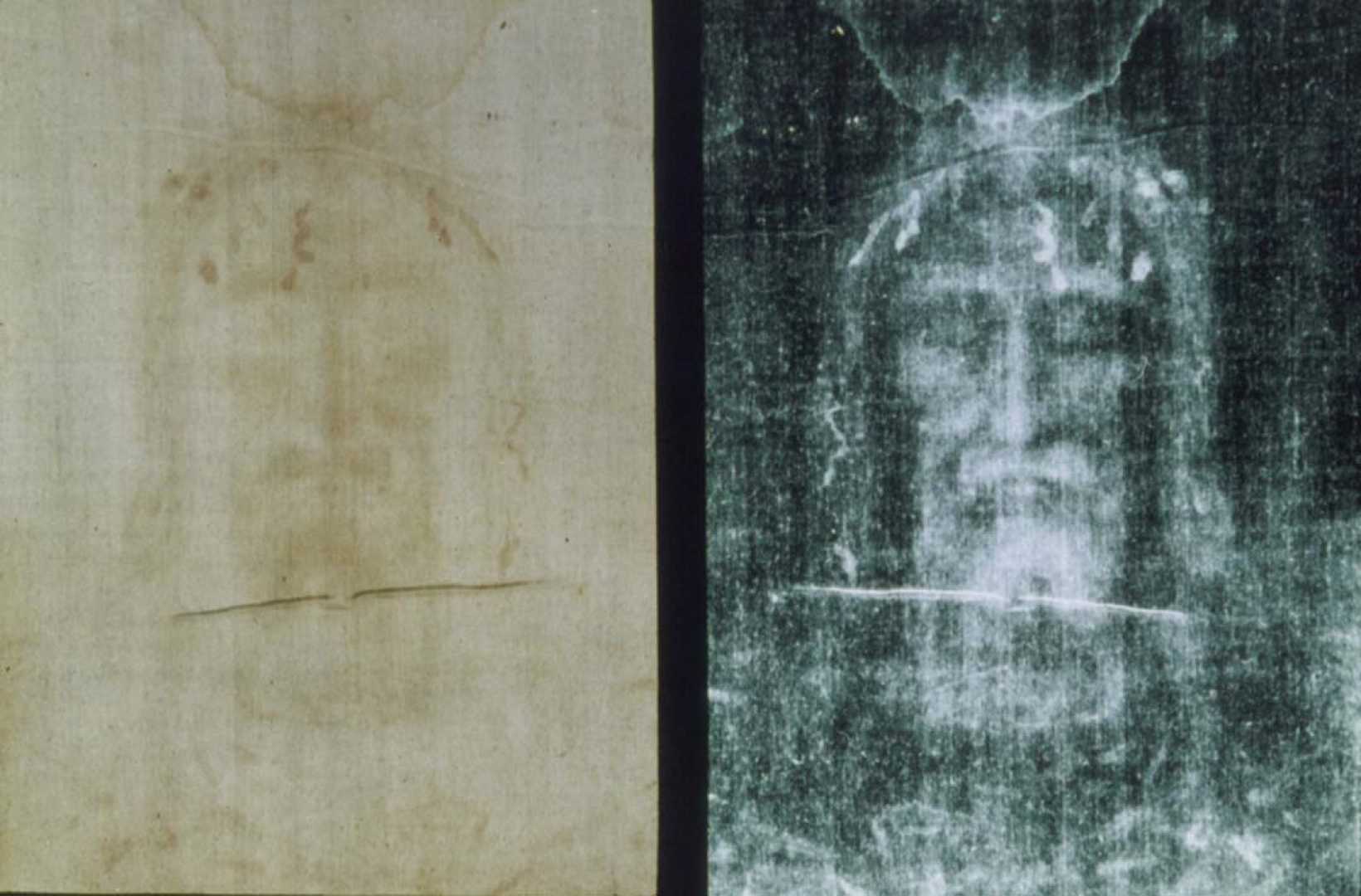World
New Study Suggests Jesus May Have Been Buried Without Washing

Baltimore, Maryland — New research hints at the burial practices of Jesus Christ following his crucifixion. A study led by immunologist Kelly Kearse, trained at Johns Hopkins University, suggests that Jesus may have been buried unwashed, wrapped in spices and linen, which aligns with biblical narratives.
The findings, released in June 2025, specifically focus on a garment where signs of blood clotting were detected. Kearse’s team discovered visible rings around bloodstains, commonly referred to as serum halos, when examined under ultraviolet light.
Kearse conducted experiments with various blood conditions post-death, simulating thicker blood and acidic environments. He also utilized a microscope to compare the bloodstains on the Shroud of Turin to understand better how blood transfers to textiles.
Having studied the shroud for years, Kearse argues that these new findings offer important insights into the burial practices, particularly challenging the so-called washing hypothesis. A 1998 study suggested that if a body was wrapped in the shroud, it would have been washed beforehand. The visibility of serum halos indicates that the wounds began to clot before the body made contact with the fabric.
Scriptural texts indicate that Jewish customs at the time often prohibited washing bodies that had endured violent deaths, as it was believed blood should not be separated from the body in murder cases.
Over the centuries, countless studies of the Shroud of Turin have taken place, with skeptics raising questions about its authenticity and the biblical accounts surrounding it. The ongoing debates over the shroud also explore its dating, with opinions divided on whether it is genuinely from the time of Jesus or a forgery from the Middle Ages.
Among previous analyses, some have claimed to reveal what Jesus’ face may have looked like through imprints found in the cloth.












